Scottish Natural Heritage is marking this week’s Royal National Mòd with a celebration of the links between the Gaelic language, heritage and nature.
SNH is involved in an extensive programme of projects to promote the use of Gaelic, boost interest in the language and secure its future as a unique and important part of life in Scotland.
Their work includes a bilingual series of booklets on Gaelic in the Landscape, celebrating the cultural and natural heritage of areas such as Skye and the North West Highlands, as well as an online Gaelic nature dictionary.
This year marks the third year of SNH’s involvement in the Royal National Mòd, with a specially commissioned concert led by acclaimed musician Mary Ann Kennedy to celebrate the Clyde. The performance, Clyde – A River Recovery, took place earlier this week as part of the Mòd fringe in Dunoon.
SNH has also recently launched a new foraging education pack and workshops for Gaelic-medium schools.
Here are 15 fascinating facts highlighting the intrinsic relationship between people, Gaelic and the landscape, animals, birds and plants of Scotland.
An robh fios agaibh…..? / Did you know…..?
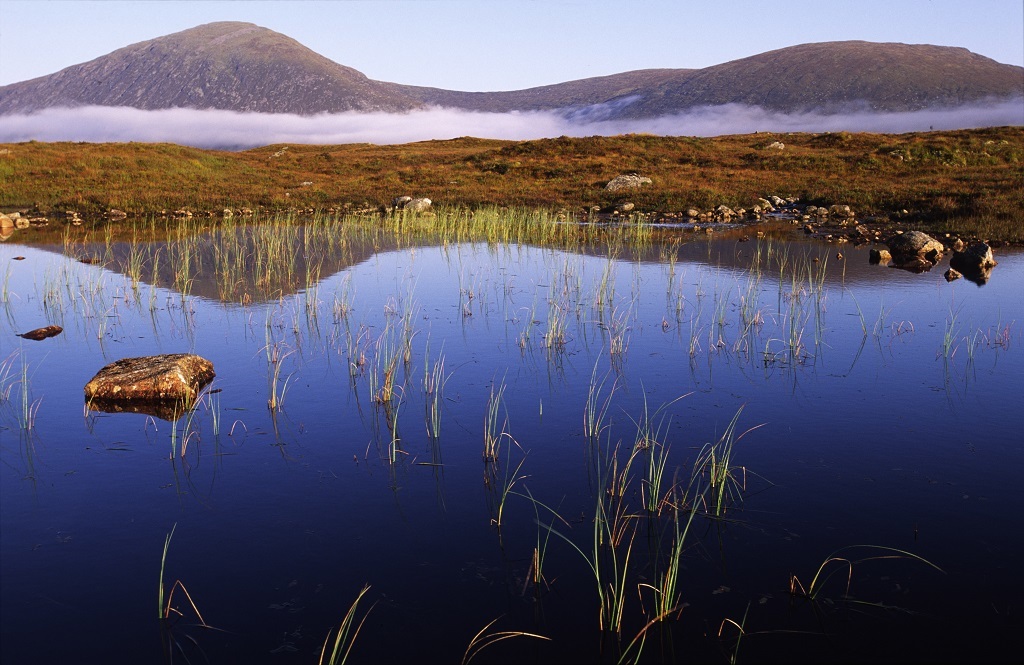
A peatland lochan, Rannoch Moor (Photo: Lorne Gill/SNH)
There are over forty different words in Gaelic for ‘bog’. The English word ‘bog’ itself comes from Gaelic.
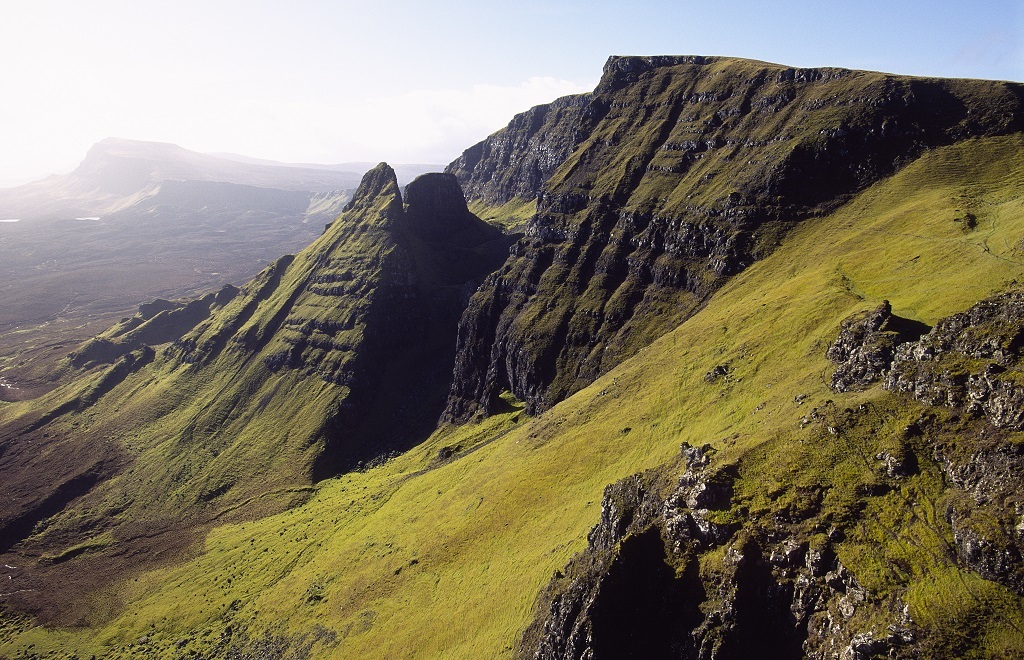
The Trotternish ridge on the Isle of Skye (Photo: Lorne Gill/SNH)The poetic Gaelic name of the Isle of Skye is Eilean a’ Cheò – ‘the isle of the mist’.
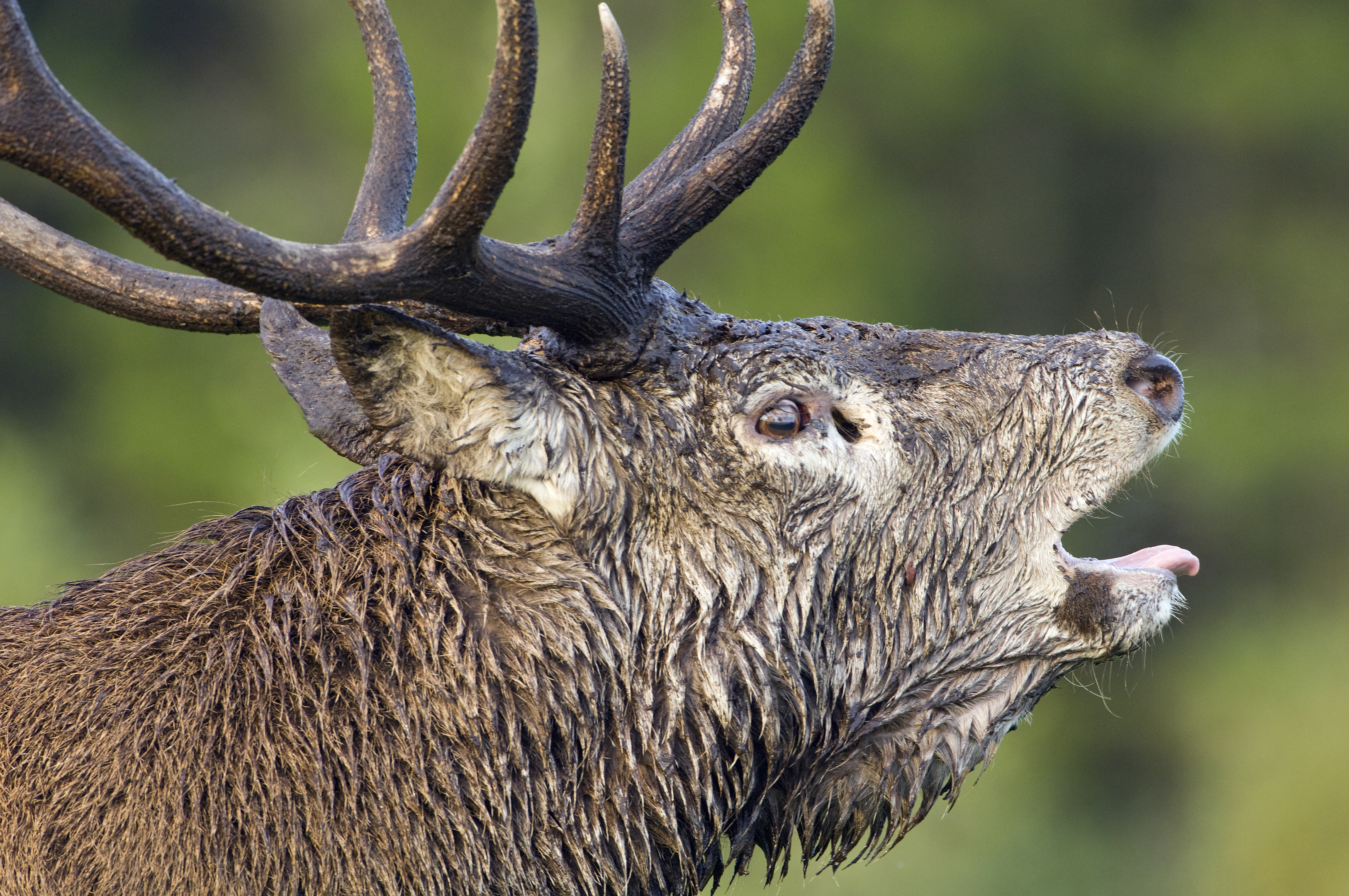
Red deer stag roaring (Photo: Lorne Gill/SNH)
The Gaelic name for October is An Dàmhair, derived from damh-dàir and meaning ‘deer roaring time’.
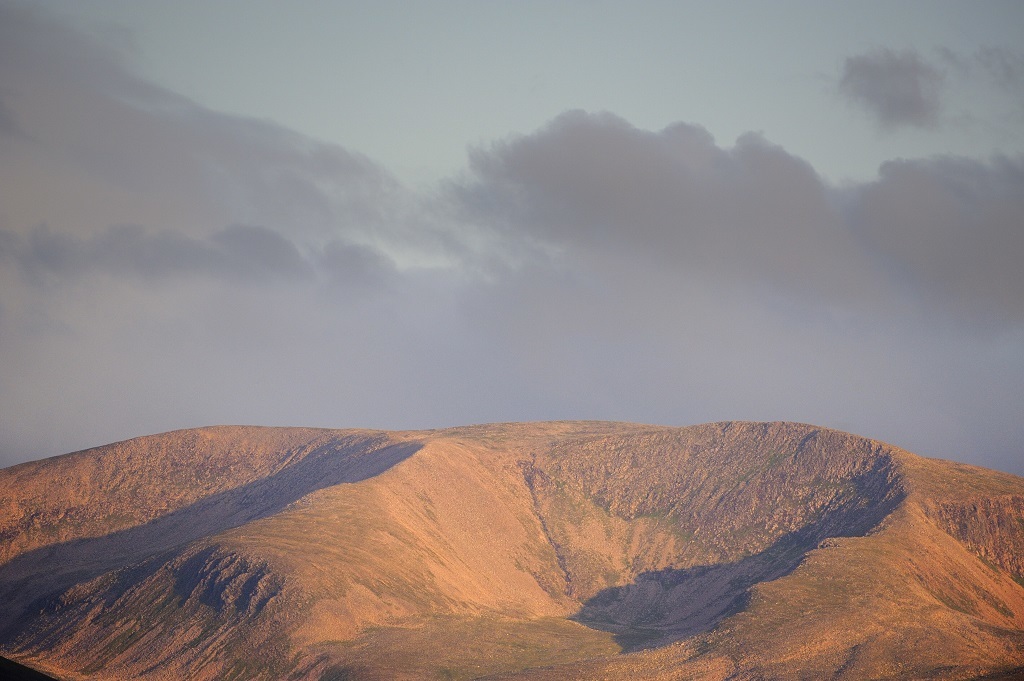
The Northern Coires in Cairngorms National Park (Photo: Lorne Gill/SNH)
The Cairngorms get their English name from the Gaelic An Càrn Gorm ‘the blue mountain’ (the location of the ski resort). Their Gaelic name is Am Monadh Ruadh ‘the russet mountains’ – a commentary on the colour of the granite which dominates the range.
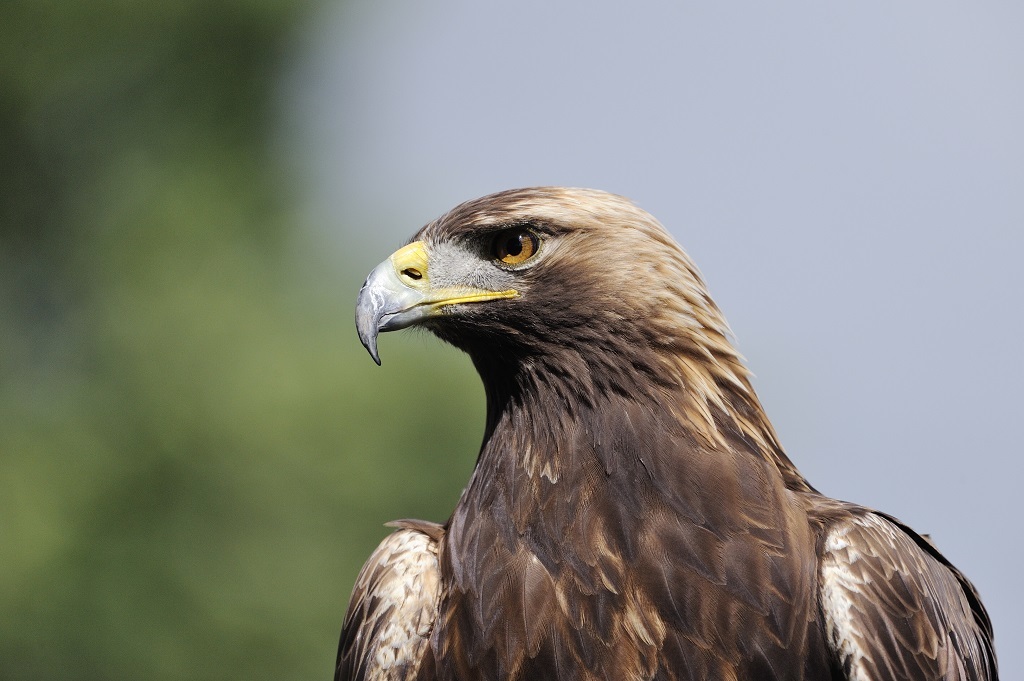
A golden eagle (Photo: Lorne Gill/SNH)
There are 276 Gaelic place-names in Scotland which name the iolaire ‘eagle’. Over two-thirds are thought to represent the golden eagle and the remainder the white-tailed sea eagle.
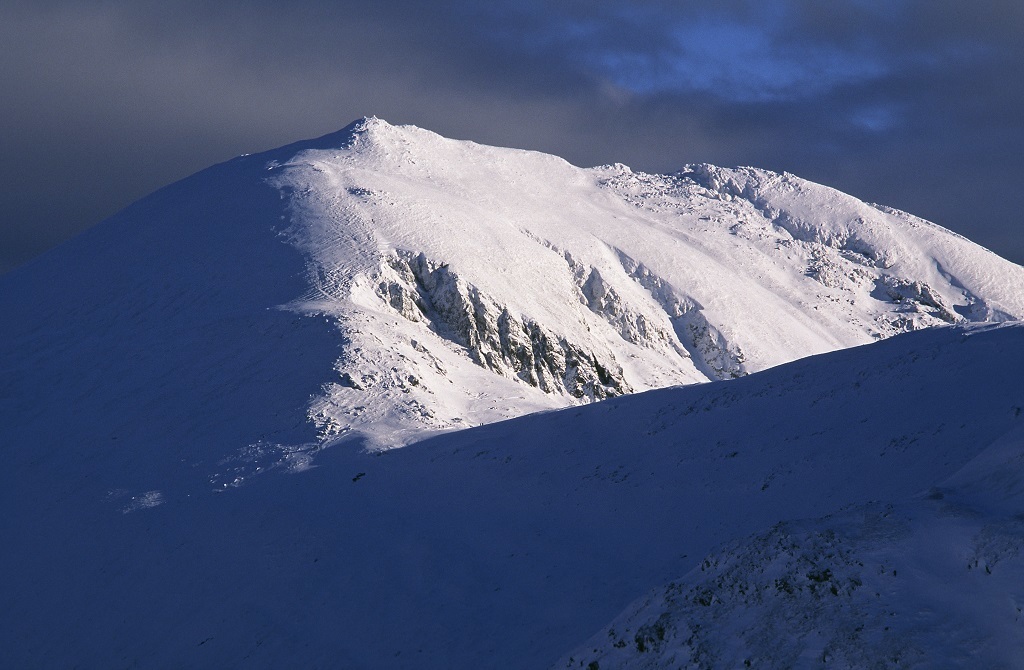
Ben Lawers in winter (Photo: Lorne Gill/SNH)
Whereas English adopted a French word ‘avalanche’, there is a native Gaelic word for the same phenomenon – maoim-sneachda ‘gushing forth of snow’ – reflecting the fact that avalanches have always been part of life in the Scottish mountains.
Ben Lawers ©Lorne Gill SNH
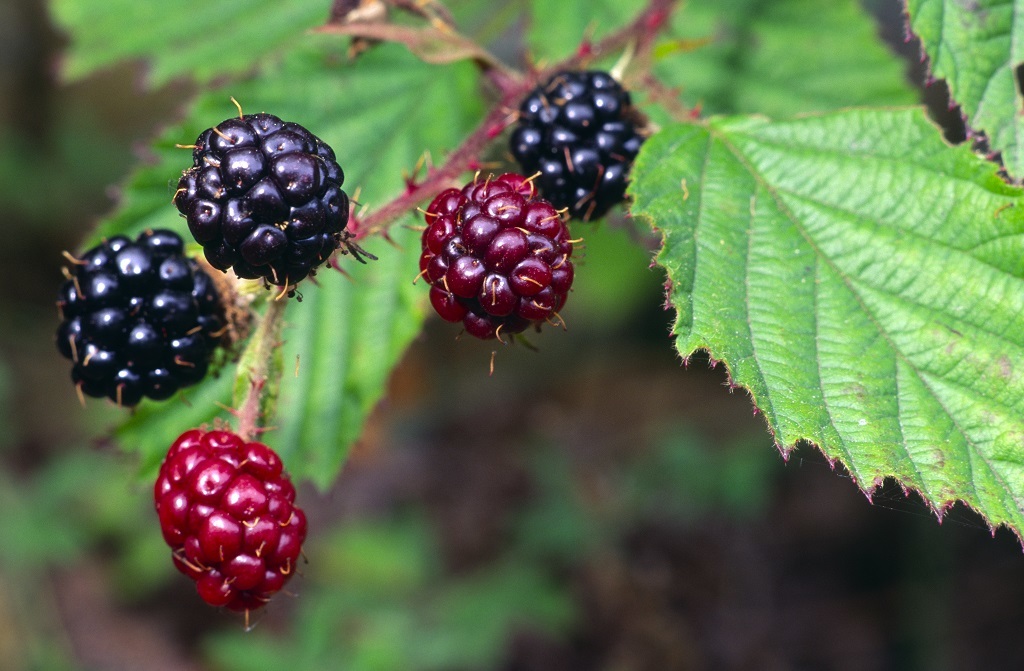
Brambles (Photo: Lorne Gill/SNH)
A Gaelic proverb says às an dris, anns an droigheann ‘out of the bramble into the blackthorn’. It’s an equivalent of ‘out of the frying pan into the fire’.
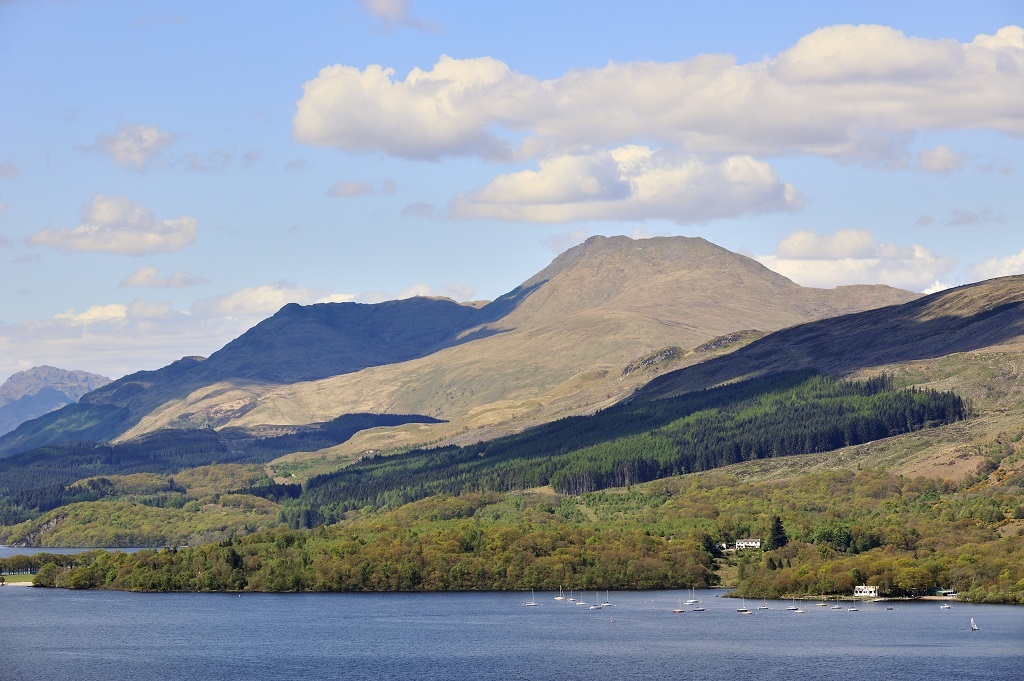
Ben Lomond and Loch Lomond (Photo: Lorne Gill/SNH)
Loch Lomond was originally Loch Leamhain, named from the river that flows from it (it means ‘elm river’). It derived its modern name from Ben Lomond, in Gaelic Beinn Laomainn ‘beacon mountain’.
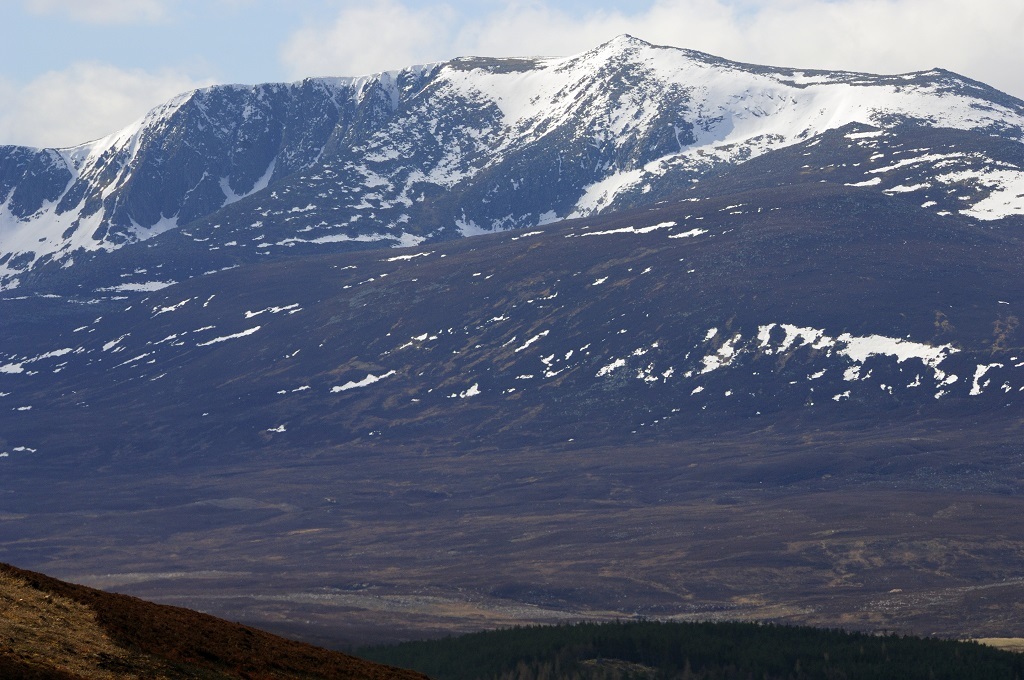
Lochnagar (Photo: Lorne Gill/SNH)
The mountain Lochnagar in Aberdeenshire gets its name from Lochan na Gàire ‘the lochan where the wind makes a noise’, near the summit. In Gaelic it is Beinn nan Cìochan ‘the mountain of the nipples’.
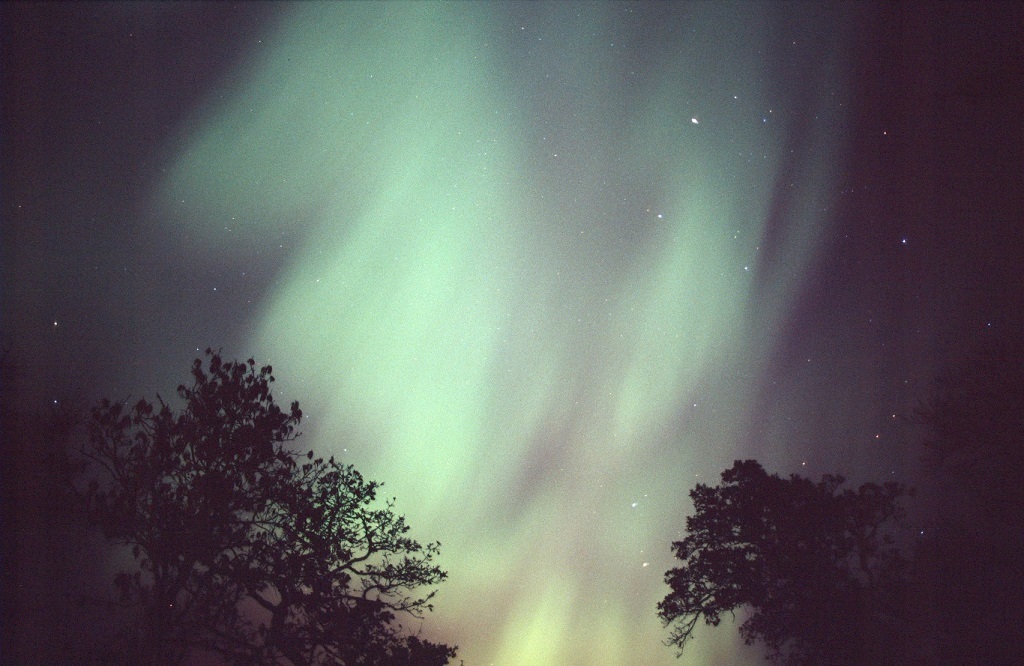
Aurora borealis, or the Northern Lights (Photo: Lorne Gill/SNH)
The aurora borealis is known in Gaelic as Na Fir-chlis, literally ‘the nimble men’.
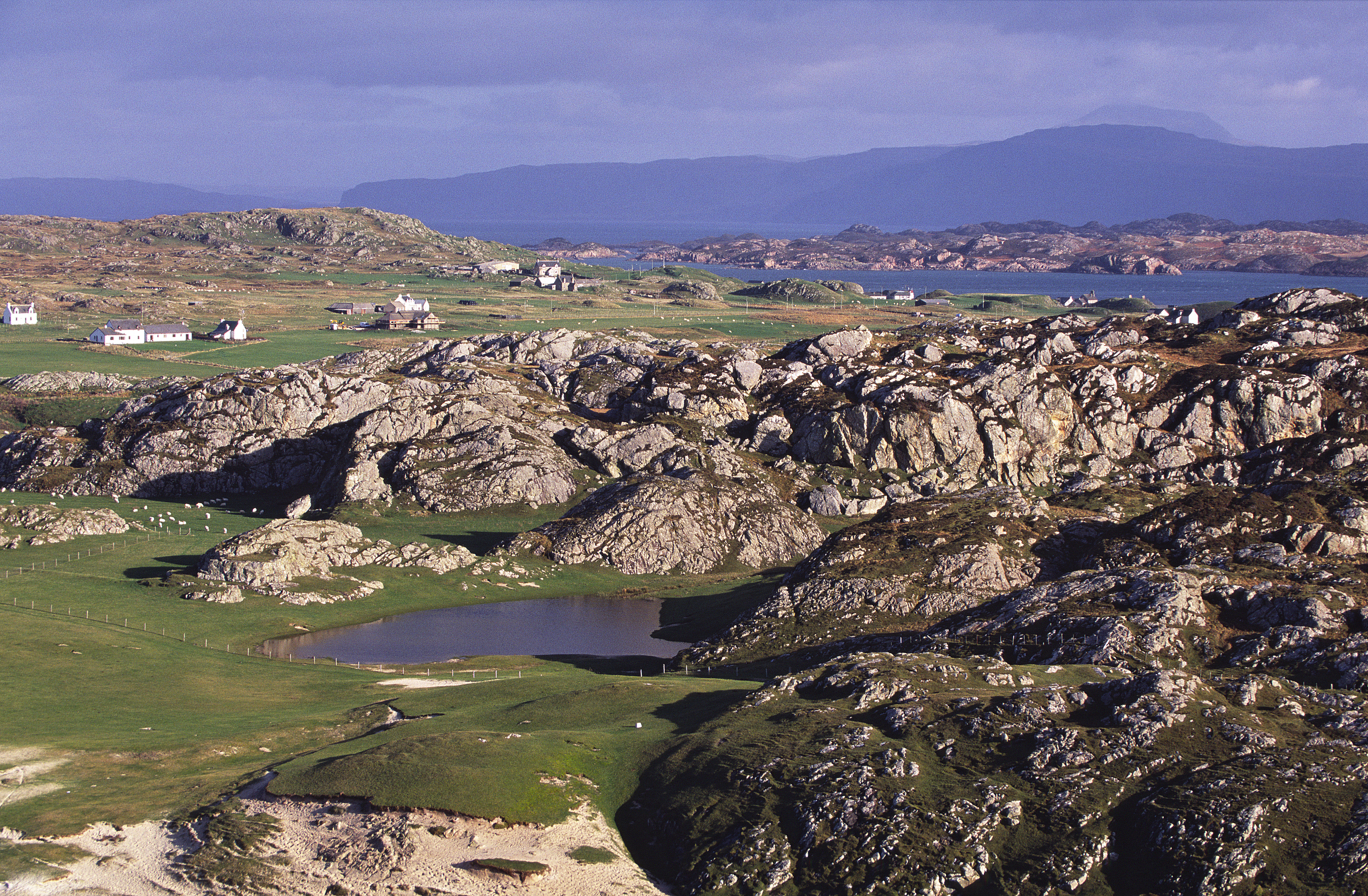
The Isle of Iona (Photo: Lorne Gill/SNH)
The shortest place-name in the world is the one-letter Gaelic for Iona – Ì. It is often known as Eilean Ì or Ì Chaluim Chille, the latter linking it to its most famous inhabitant, Calum Cille (‘dove of the church’, St Columba).
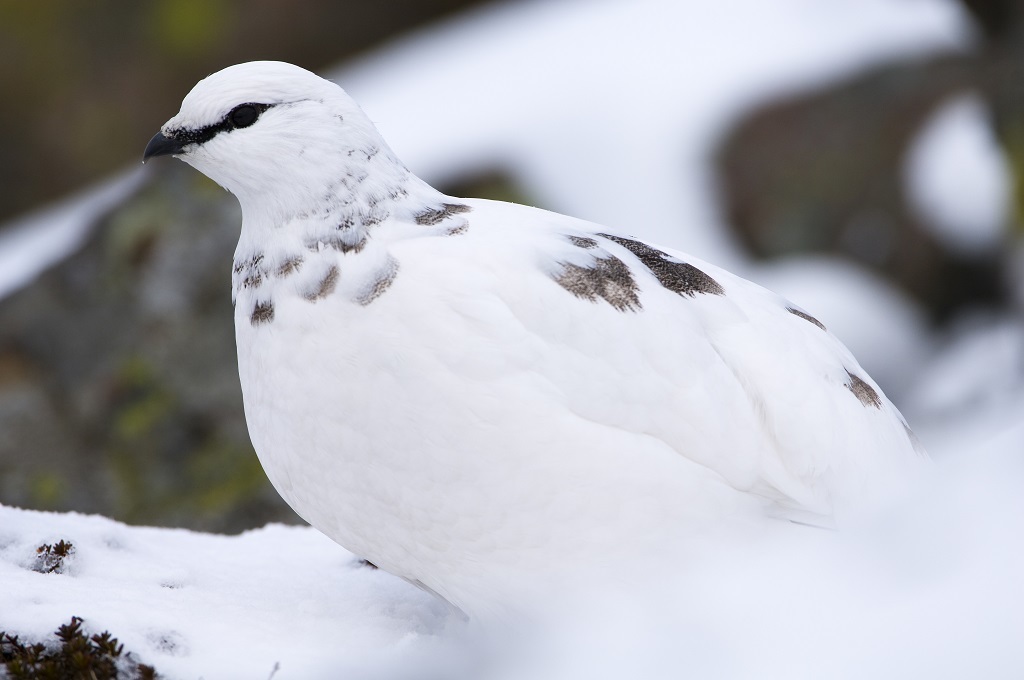
A male Ptarmigan (Photo: Lorne Gill/SNH)
The English names for two of our native birds come from Gaelic – ptarmigan (tàrmachan) and capercaillie (capall coille).
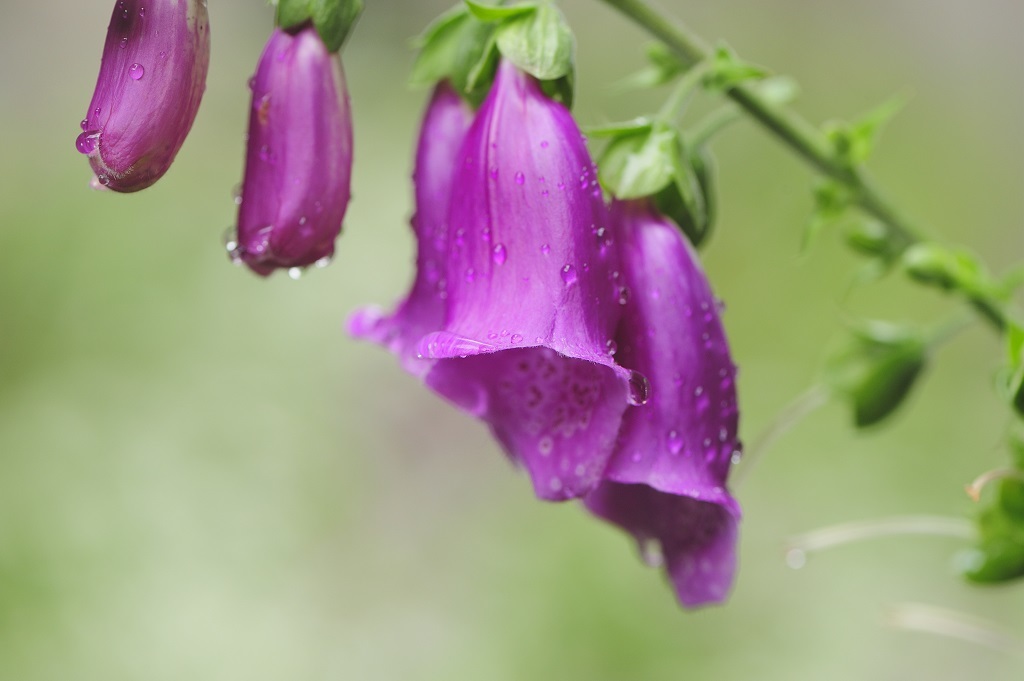
Foxglove (Photo: Lorne Gill/SNH)
The foxglove is seen as a fairy plant in Gaelic tradition. Among its Gaelic names is Lus nam Ban-sìth ‘the plant of the fairy women’.
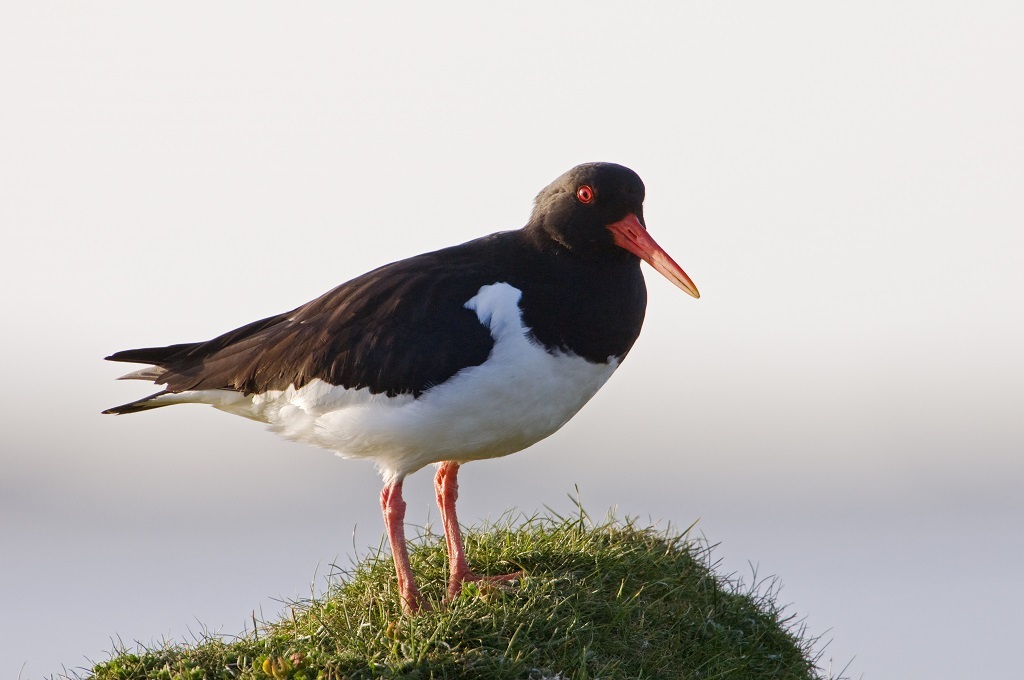
An oystercatcher feeding by Loch Bee, South Uist (Photo: Lorne Gill/SNH)
When the oystercatcher flies, it calls ‘bi glic, bi glic’, the Gaelic for ‘be wise, be wise’.
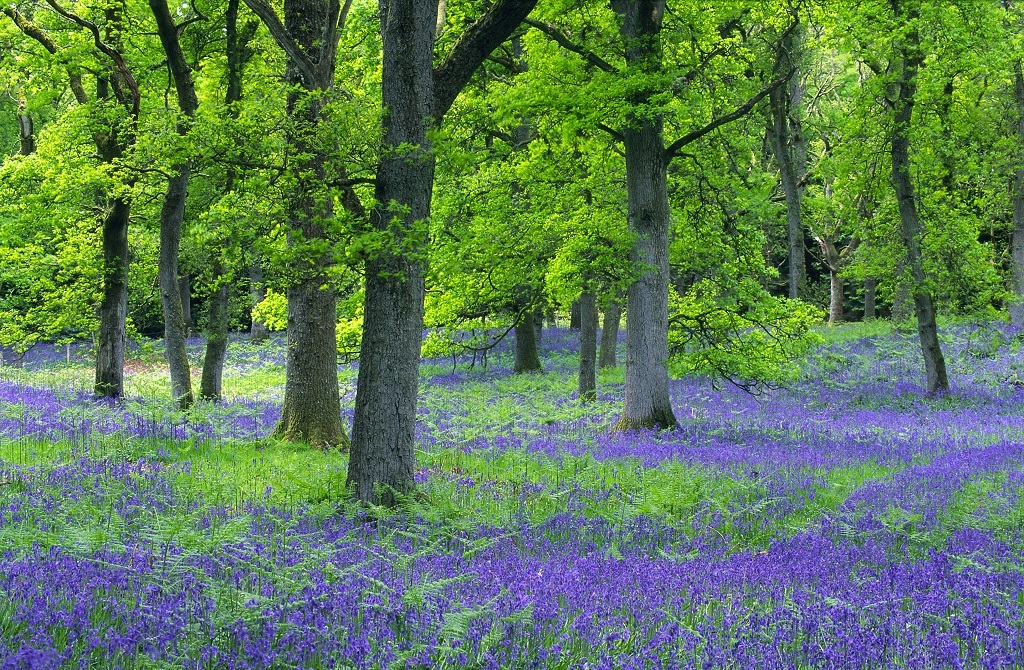
Bluebell carpeted oakwood. (Photo: Lorne Gill/SNH)
The darach or oak tree is known poetically in Gaelic as rìgh na coille ‘the king of the forest’.
TAGS

